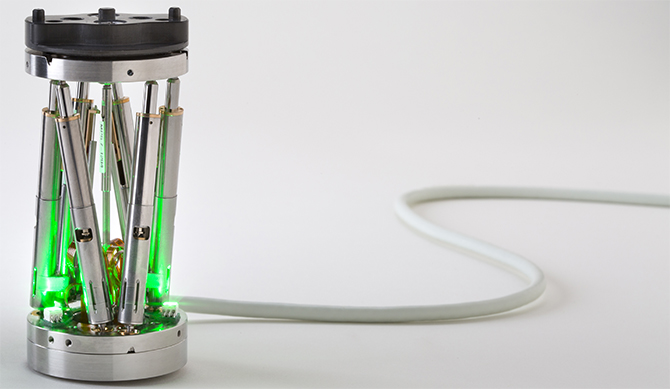Spinal Fixation
Spinal fixation is a procedure in which two or more vertebrae are anchored together, immobilizing them to prevent nerve irritation and instability. It is used to treat broken vertebra, a spinal deformity, spinal weakness, spinal instability, or chronic low back pain.
Traditionally, surgeons perform this procedure using an “open” technique. While open surgery provides a direct line of site to the vertebra through a long incision, which may aid in the process of inserting the implants, it can also result in damage to surrounding healthy tissue, larger scars, and more postoperative pain.
Spinal fixation can also be done using a minimally-invasive technique that allows the surgeon to perform the procedure through smaller incisions. While this usually means less postoperative pain and a faster recovery, it does require an increased amount of X-rays (fluoroscopy) to enable the surgeon to view the spine during the procedure.
Mazor Robotics technology guides the surgeon’s tools during the minimally-invasive procedure to ensure the highest level of accuracy, while often reducing the use of fluoroscopy. The minimally-invasive technique also helps to preserve surrounding healthy tissue and can result in fewer complications, less blood loss, minimal scars, less pain, faster recovery, and quicker return to daily life.


